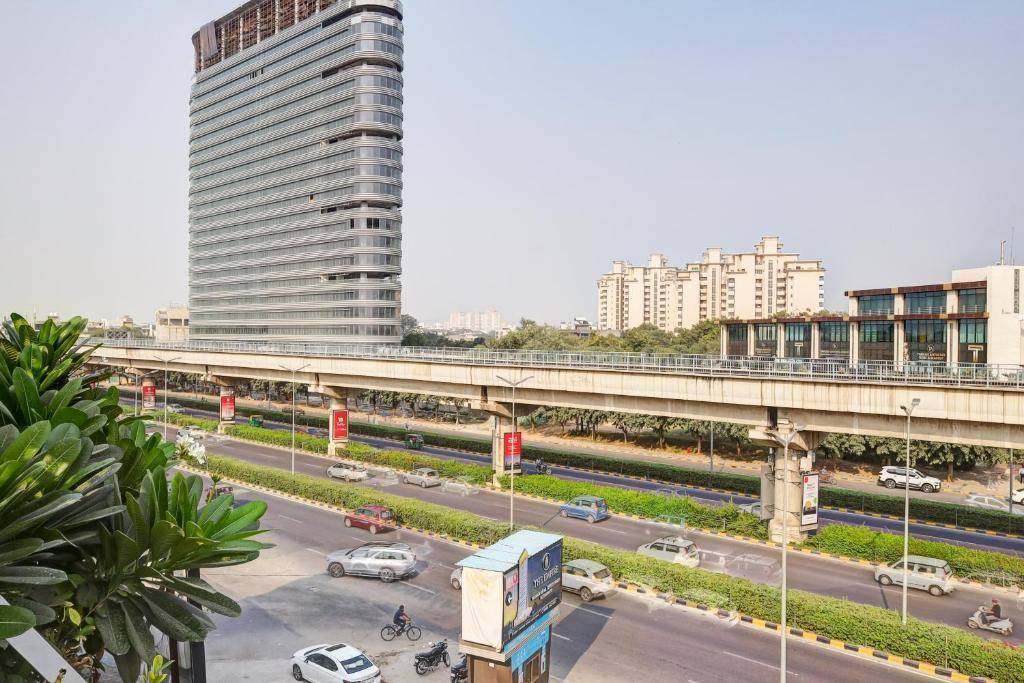The fractional ownership market in India is on a promising trajectory, projected to grow over tenfold to exceed $5 billion by 2030. This growth is primarily driven by Small and Medium Real Estate Investment Trusts (SM-REITs), with Mumbai and Delhi NCR emerging as the top hotspots for asset acquisition. These findings come from a comprehensive report by JLL – Property Share, which identifies key cities and regions that are ripe for investment under the SM-REIT umbrella.
Understanding Fractional Ownership and SM-REITs
Fractional ownership allows multiple investors to collectively own a share or fraction of a high-value asset, such as real estate, without the need to purchase the entire property. This model democratizes real estate investment, making it accessible to a broader base of investors who might not have the capital to invest in whole properties. SM-REITs, specifically, are designed for small to medium-sized real estate assets, providing a structured and professionally managed investment vehicle.
Key Hotspots: Mumbai and Delhi NCR
The JLL-Property Share report highlights that Mumbai and Delhi NCR are leading the way in SM-REIT investments, accounting for nearly 50% of SM-REIT-worthy assets across India's top seven cities. Mumbai, with its vibrant real estate market, offers 84.4 million square feet (msf) of SM-REIT-worthy stock, while Delhi NCR provides 71.7 msf. These cities present unparalleled opportunities due to their high capital values and robust demand for rent-yielding assets.
Samantak Das, Chief Economist & Head of Research and REIS, India, JLL, emphasizes, “Mumbai presents unparalleled opportunities for SM-REITs, offering a healthy mix of well-leased large and mid-sized assets ideal for acquisition by fractional ownership platforms (FOPs). The robust demand for rent-yielding assets and the presence of a professionally managed platform makes SM-REITs an enticing choice for retail investors.”
In Delhi NCR, Gurugram dominates the office segment, capturing 61% of the SM-REIT market. The commercial corridors of Golf Course Extension, Golf Course Road, and MG Road alone present a $3 billion investment potential for SM-REITs. The NH-8 corridor also offers promising opportunities, with around 6 msf of SM-REIT-worthy assets, amounting to a $1 billion opportunity.
Emerging Markets: Bengaluru and Hyderabad
Bengaluru and Hyderabad are also key players in the SM-REIT landscape. Bengaluru boasts 50.7 msf of SM-REIT-worthy stock, with significant investment potential in areas like the ORR Southeast stretch and Whitefield. These regions are known for their high concentration of IT and commercial spaces, making them attractive for investors.
Hyderabad offers healthy opportunities for SM-REITs, particularly in the Hitec and Gachibowli corridors, which account for 84% of the available potential. These areas represent a $3.7 billion opportunity, driven by a booming tech industry and a rapidly growing commercial real estate market.
SM-REIT Worthy Assets Across India
The top seven micro-markets in India—Mumbai, Delhi NCR, Bengaluru, Chennai, Hyderabad, Kolkata, and Pune—collectively account for 328 million square feet of office assets valued at $48 billion. Mumbai leads with the highest stock of SM-REIT-worthy assets, followed by Delhi NCR and Bengaluru. Chennai and Pune also offer significant potential, while Kolkata has the lowest stock at 22.9 msf.
The investment potential in Mumbai, Delhi NCR, and Bengaluru is particularly notable, with values of $18.7 billion, $9 billion, and $7.2 billion respectively. These figures underscore the substantial opportunities available for investors looking to tap into India's growing real estate market through SM-REITs.
The Role of Government and Regulatory Framework
The Securities and Exchange Board of India (SEBI) has played a crucial role in facilitating the growth of the fractional ownership market by introducing regulations for SM-REITs. These regulations provide a framework that ensures transparency, accountability, and protection for investors. Kunal Moktan, Co-founder & CEO of Property Share, remarks, "Through the SM-REIT regulations, SEBI has effectively introduced an entirely new asset class to the retail and institutional investor universe. SM-REITs provide a tremendous opportunity to monetize income-generating assets."
The SEBI regulations have paved the way for the establishment of professionally managed platforms that offer retail investors a chance to invest in high-quality commercial properties. These platforms are designed to eliminate the increased costs associated with acquiring and managing smaller office formats, making them a superior option for investors.
Investment Prospects and Challenges
While the potential for growth in the fractional ownership market is significant, there are challenges that need to be addressed. Land acquisition issues, regulatory hurdles, and the financial health of developers can impact the pace of SM-REIT development. Additionally, the rising cost of construction materials and labor poses a challenge for maintaining profitability and ensuring affordable investment opportunities.
Despite these challenges, the future of SM-REITs in India looks promising. The increasing demand for commercial real estate, driven by urbanization and economic growth, provides a strong foundation for the growth of fractional ownership. Investors are attracted to the high yields and capital appreciation potential offered by SM-REITs, particularly in major cities.
Conclusion
India's fractional ownership market, spearheaded by SM-REITs, is set to exceed $5 billion by 2030, reflecting a more than tenfold increase. Mumbai and Delhi NCR lead the way, with substantial opportunities also present in Bengaluru and Hyderabad. The introduction of SEBI regulations has been instrumental in fostering a conducive environment for SM-REITs, providing retail investors with access to high-quality commercial real estate investments.
As the market continues to evolve, addressing the challenges of land acquisition, regulatory approvals, and construction costs will be crucial for sustained growth. With continued government support and innovative investment platforms, the fractional ownership market in India is poised for significant expansion, offering lucrative opportunities for both retail and institutional investors.
The rise of SM-REITs signifies a transformative shift in the real estate investment landscape, democratizing access to high-value assets and providing a new avenue for wealth creation in India's booming economy.
Image source -housing.com









.png)